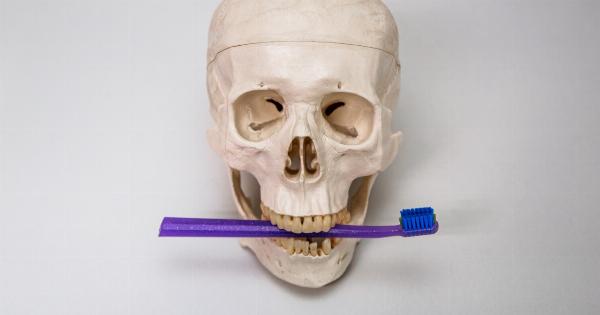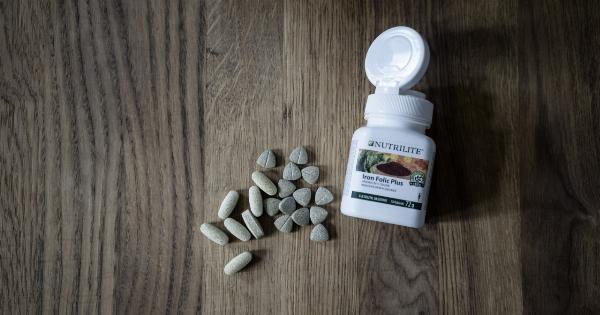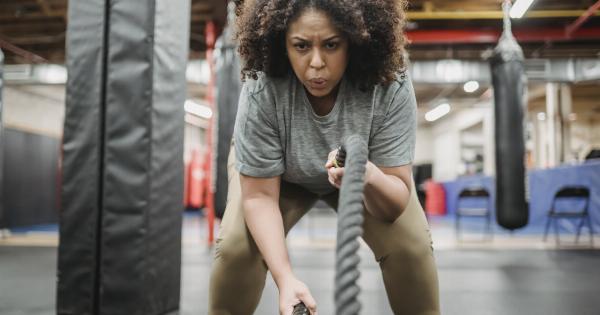Fractures are a common injury that can result from various causes, ranging from accidents to weak bones. Strong bones play a pivotal role in preventing fractures, and it is essential to maintain bone health throughout one’s life.
In this article, we will explore the importance of strong bones and discuss various strategies to fight fractures by keeping our bones strong.
Understanding Fractures
A fracture, commonly known as a broken bone, occurs when there is a crack or break in the continuity of a bone. Fractures can range from minor hairline cracks to severe breaks that penetrate the skin.
They can happen in any bone in the body and can occur due to falls, trauma, accidents, or medical conditions such as osteoporosis.
The Role of Strong Bones
Strong bones provide essential support to our body and protect vital organs. They allow us to perform everyday activities and maintain an active lifestyle.
In addition, bones serve as a reservoir for minerals like calcium and phosphorus, which are important for various bodily functions.
Having strong bones is crucial in preventing fractures, especially as we age. As we get older, our bones naturally become weaker, making us more susceptible to fractures.
Therefore, it is important to develop healthy habits from a young age to ensure optimal bone strength and reduce the risk of fractures later in life.
Fighting Fractures through Nutrition
One of the key ways to maintain strong bones is through proper nutrition. A diet rich in essential nutrients can promote bone health and reduce the risk of fractures. Here are some nutrients that play a vital role in keeping our bones strong:.
1. Calcium
Calcium is the primary mineral responsible for building and maintaining strong bones. It is essential to consume an adequate amount of calcium daily to support bone health.
Good sources of calcium include dairy products, leafy green vegetables, tofu, and fortified foods. Supplements can also be taken if calcium requirements are not met through diet alone.
2. Vitamin D
Vitamin D is essential for the absorption of calcium in the body. Without adequate vitamin D, even a high intake of calcium may not be effectively utilized. Sunlight is the best natural source of vitamin D.
However, it can also be obtained through foods such as fatty fish, egg yolks, and fortified products. Vitamin D supplements may be required for individuals with limited sun exposure or certain medical conditions.
3. Magnesium
Magnesium is important for maintaining bone structure and strength. It works closely with calcium and vitamin D in supporting bone health. Good dietary sources of magnesium include nuts, seeds, whole grains, and legumes.
4. Vitamin K
Vitamin K plays a crucial role in bone metabolism and helps in the synthesis of bone proteins. Green leafy vegetables, broccoli, and fermented foods like sauerkraut are excellent sources of vitamin K.
Physical Activity and Bone Health
Regular physical activity and exercise are vital for maintaining strong bones and reducing the risk of fractures.
Weight-bearing exercises, such as walking, jogging, dancing, and weightlifting, have been shown to increase bone density and improve bone strength.
Engaging in resistance training exercises, such as lifting weights or using resistance bands, can help build and strengthen bones. These exercises put stress on the bones, which stimulates the production of new bone tissue.
It is important to choose activities that are suitable for your age and fitness level. Consulting with a healthcare professional or a qualified fitness trainer can help develop a personalized exercise plan that targets bone health.
Avoiding Habits That Weaken Bones
In addition to adopting healthy habits, it is crucial to avoid practices that can weaken bones. Certain lifestyle choices can negatively impact bone health and increase the risk of fractures. Here are a few habits that should be minimized or avoided:.
1. Smoking
Smoking has been linked to a higher risk of osteoporosis and fractures. It can reduce bone mass and interfere with bone remodeling, leading to weaker bones. Quitting smoking is highly beneficial for overall health, including bone health.
2. Excessive Alcohol Consumption
Drinking alcohol in excess can interfere with the body’s ability to absorb calcium and other essential minerals. It also disrupts hormone levels and can lead to bone loss and increased fracture risk.
Limiting alcohol intake to moderate levels is recommended for maintaining strong bones.
3. Sedentary Lifestyle
A sedentary lifestyle devoid of physical activity can contribute to weaker bones. Lack of exercise leads to decreased bone density and muscle strength.
Incorporating regular physical activity into your daily routine is crucial for building and maintaining strong bones.
4. Poor Diet
A diet lacking in essential nutrients, particularly calcium and vitamin D, can weaken bones.
Consuming a nutritionally balanced diet that includes a variety of fruits, vegetables, whole grains, lean proteins, and dairy products is essential for preserving bone health.
Regular Bone Density Testing
Bone density testing, such as a Dual-Energy X-ray Absorptiometry (DXA) scan, is an effective way to assess bone health and diagnose conditions like osteoporosis. These tests measure bone mineral density and can detect early signs of bone loss.
Early detection allows for timely interventions and management strategies to prevent further bone weakening and reduce the risk of fractures.
The Importance of Falls Prevention
Preventing falls is crucial in reducing the risk of fractures, especially in older individuals who may have weaker bones. Here are a few strategies to minimize the likelihood of falls:.
1. Ensure Proper Lighting
Well-lit surroundings help prevent tripping and slipping hazards. Install adequate lighting in hallways, stairways, and outdoors to enhance visibility and reduce the risk of falls.
2. Remove Hazards
Clearing clutter, securing loose rugs or carpets, and removing obstacles from walkways can create a safer environment and minimize the risk of falls.
3. Use Assistive Devices
For individuals with balance or mobility issues, using assistive devices such as handrails, walkers, or canes can provide support and stability, reducing the chances of falls.
4. Exercise for Balance and Strength
Engaging in specific exercises to improve balance and strength can enhance stability and reduce the risk of falls. Exercises like Tai Chi and yoga focus on improving balance, flexibility, and coordination.
Conclusion
Fractures can have a significant impact on our quality of life, but by taking proactive steps to keep our bones strong, we can fight against fractures and minimize their occurrence.
Through a combination of proper nutrition, regular exercise, lifestyle modifications, and falls prevention strategies, we can ensure optimal bone health and reduce the risk of fractures at any age.































